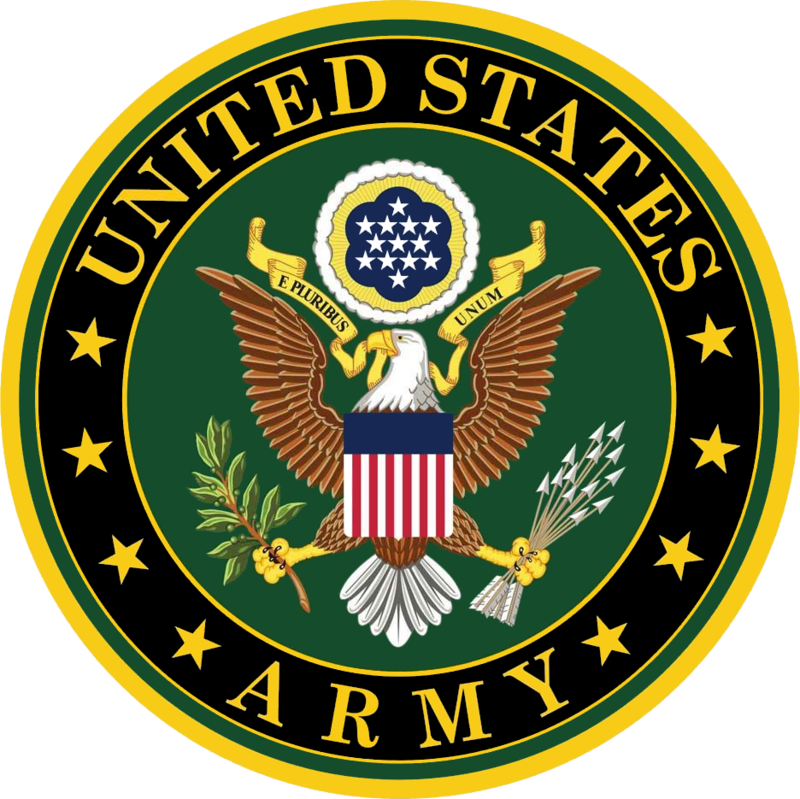ABOUT 91 A 10 combat medic.
- Origin of the MOS Code: The "91A10" was the original Military Occupational Specialty (MOS) code for a U.S. Army Combat Medic, first established during the Vietnam War era. The code has since changed (now 68W), but "91A10" remains iconic among veterans.
- Nickname: Combat medics are often called "Doc" by fellow soldiers, regardless of their actual rank or medical training, as a sign of respect and trust.
- Motto: The unofficial motto for the combat medic is "So That Others May Live," reflecting their dedication to saving lives on the battlefield.
- Geneva Convention Protection: Medics are protected under the Geneva Conventions as non-combatants, but during many conflicts, they have often been targeted due to their importance on the battlefield.
- Red Cross Symbol: Combat medics traditionally wore a red cross on their helmets and armbands, but this practice was sometimes abandoned in hostile environments to avoid being singled out by enemy snipers.
- High Risk Role: During the Vietnam War, combat medics suffered casualty rates nearly double that of regular infantry due to their front-line duties and their role in attending to the wounded under fire.
- Training: 91A10 medics underwent Basic Combat Training and then advanced medical training at the Academy of Health Sciences, Fort Sam Houston, Texas, learning trauma care, emergency medicine, and field sanitation.
- Medal of Honor Recipients: Several combat medics with the 91A10 MOS have received the Medal of Honor, including Specialist Four Donald Sloat and Specialist Four Alfred Rascon, for acts of extraordinary bravery.
- Historic Firsts: In World War II, the predecessor to the 91A10 MOS was one of the first Army roles open to women, who served as nurses and field medics.
- Legacy: The legacy of the 91A10 combat medic lives on in the modern 68W Healthcare Specialist, who continues to serve as the Army’s first line of medical care in combat, humanitarian, and disaster relief missions worldwide.

